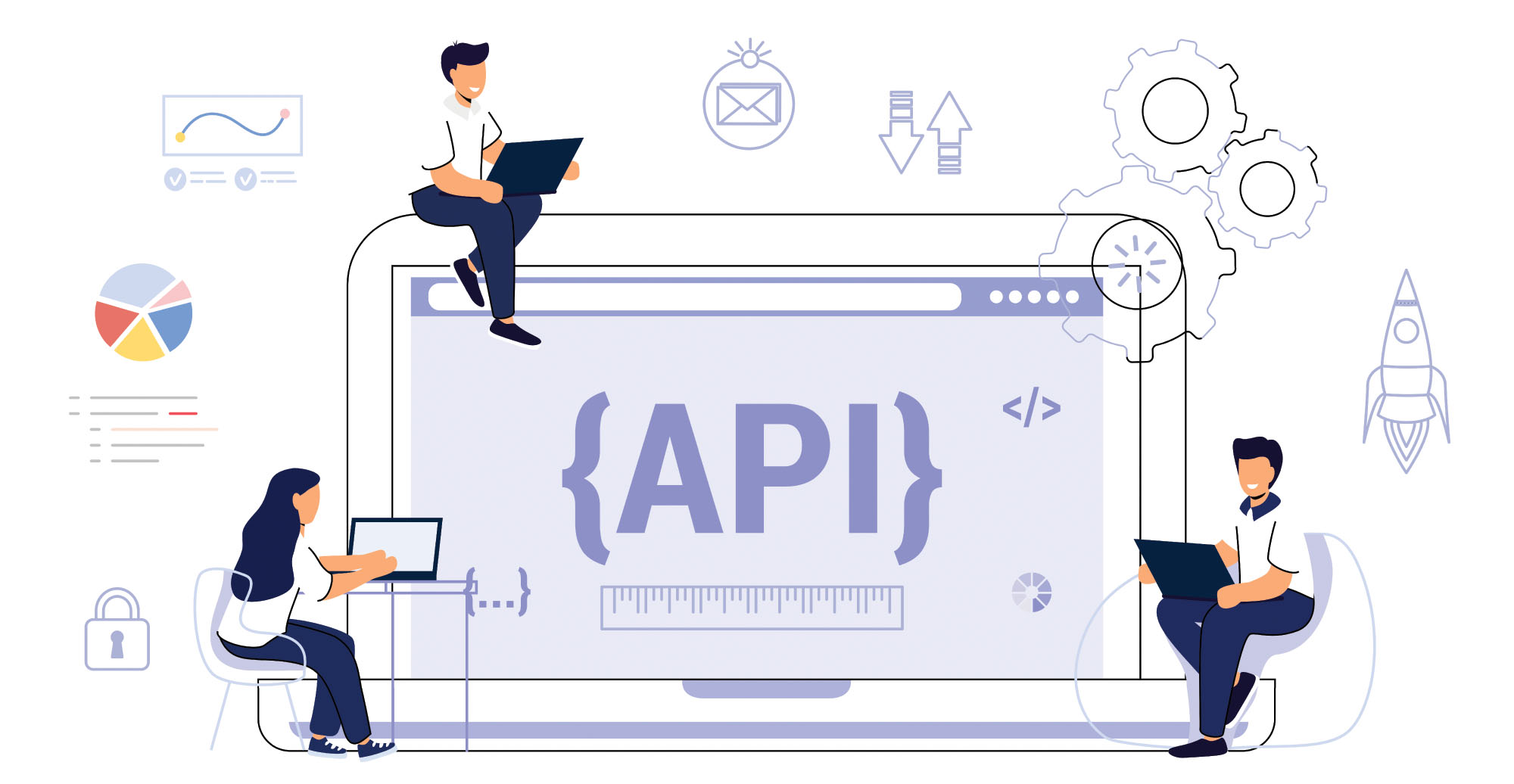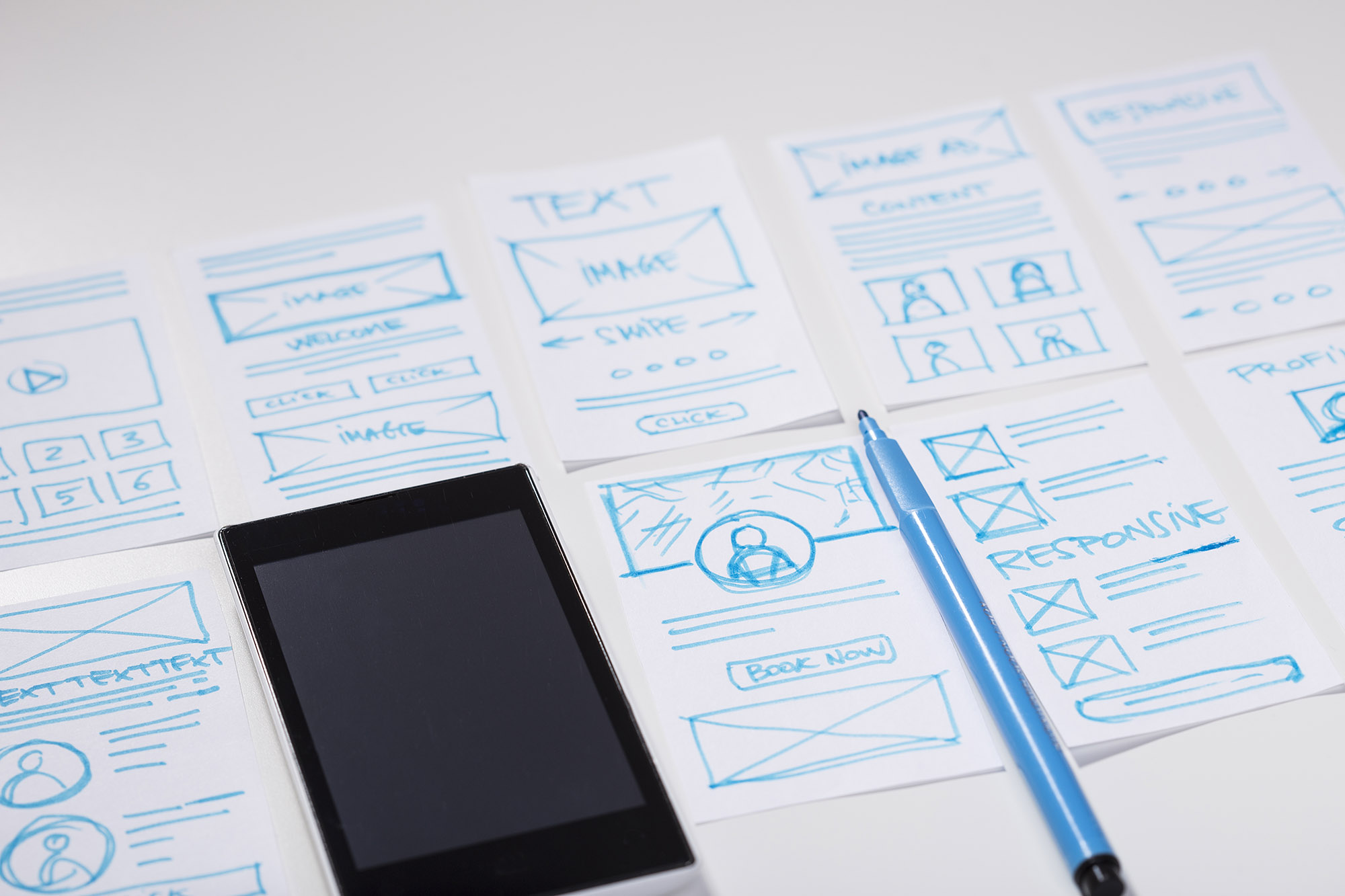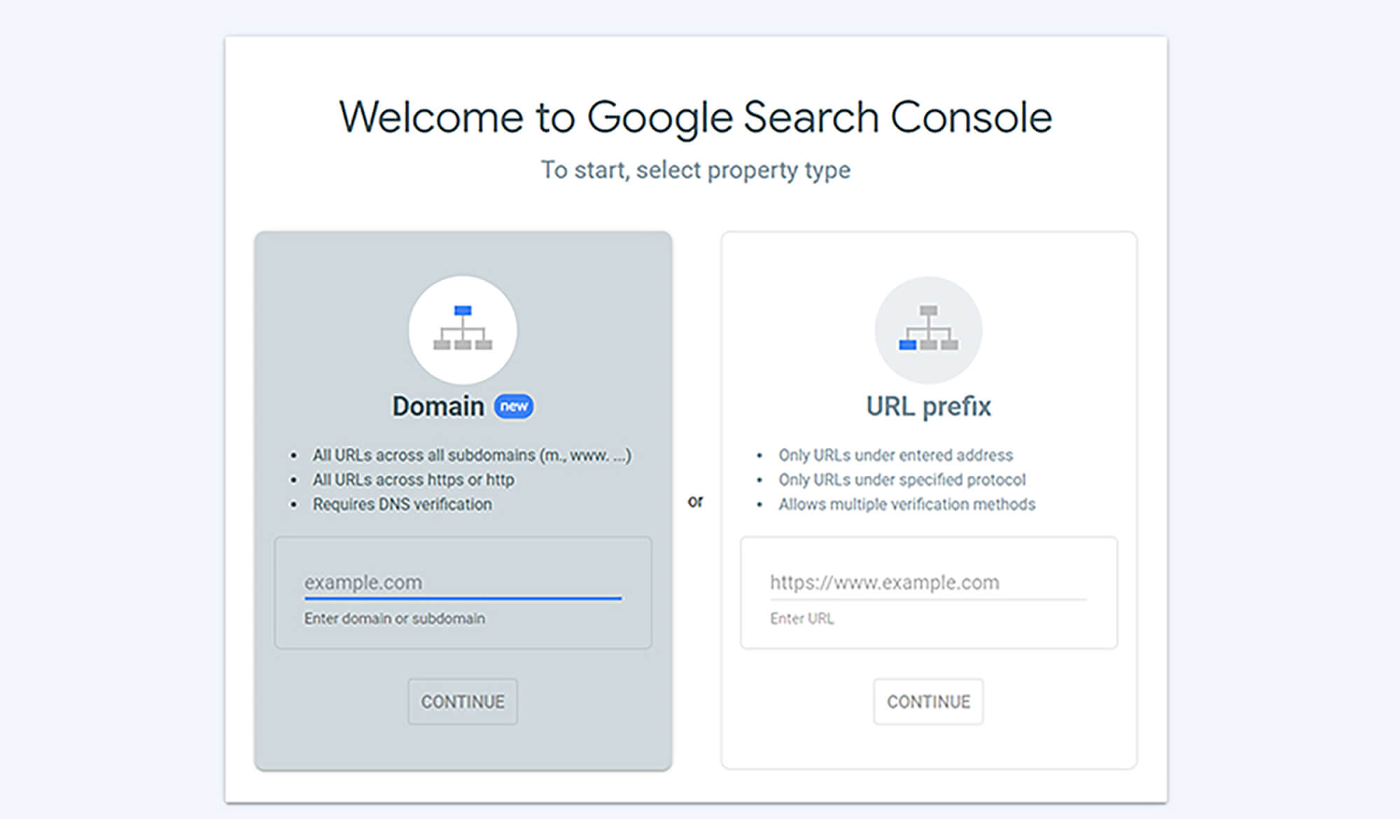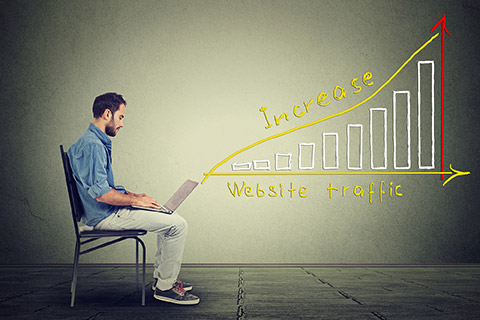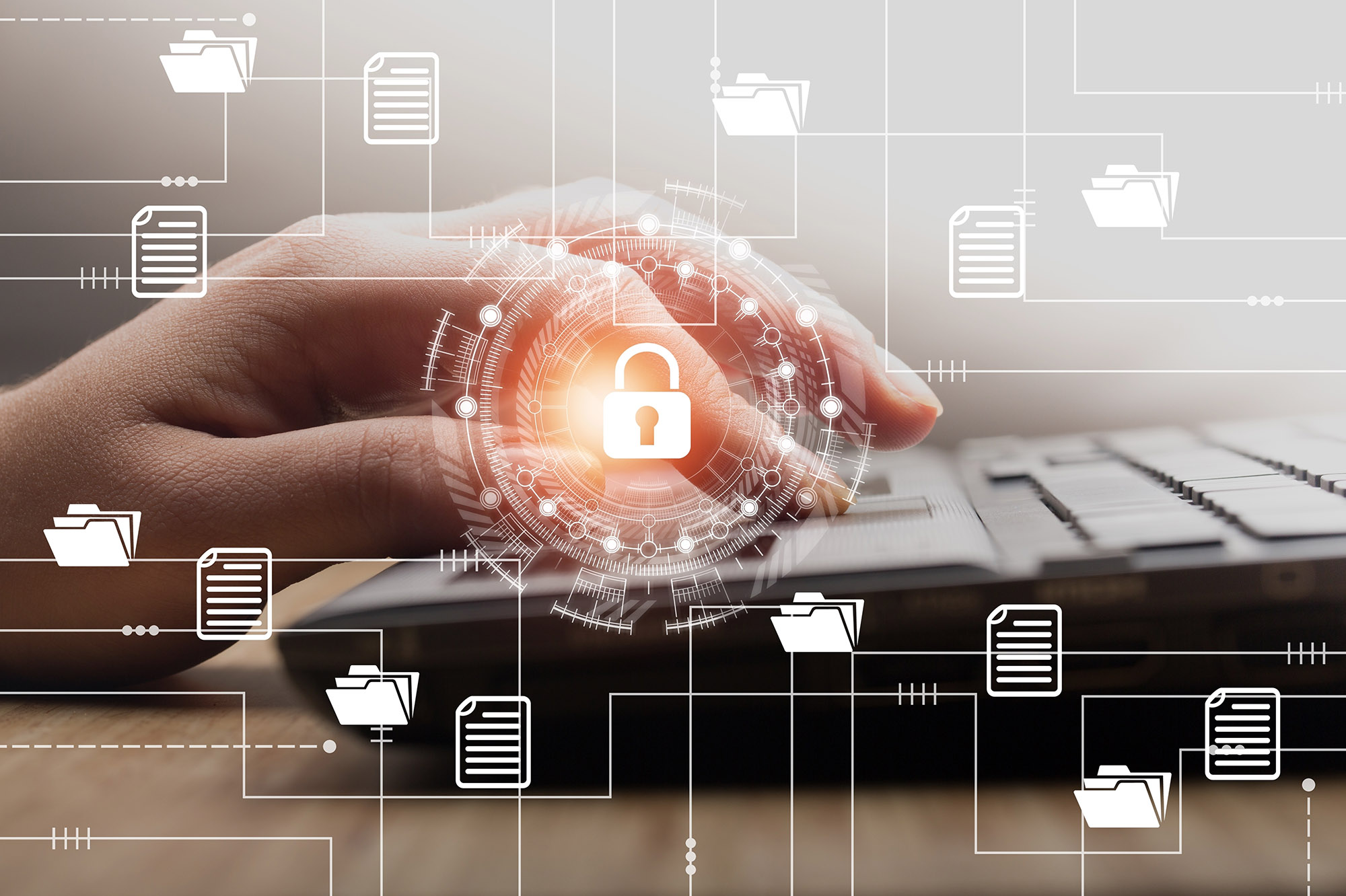
1. Keep Everything Updated
- WordPress Core: Regularly update to the latest version of WordPress to patch known vulnerabilities.
- Plugins and Themes: Only use reputable sources and keep them updated to the latest versions.
2. Implement Strong Authentication
- Strong Passwords: Encourage users to use complex passwords and change them regularly.
- Two-Factor Authentication (2FA): Implement 2FA to add an additional layer of security to the login process.
3. Utilize Security Plugins
- Choose Reputable Plugins: Select security plugins that provide firewalls, malware scanning, and other protective measures.
- Regular Scanning: Schedule regular scans to detect malware or suspicious activity.
4. Implement a Web Application Firewall (WAF)
- Filtering Traffic: A WAF can filter malicious traffic, block known threats, and prevent brute force attacks.
5. Harden WordPress Configuration
- Disable File Editing: Disable the ability to edit core files from the WordPress dashboard.
- Secure wp-config.php: Protect this essential file by moving it and setting proper permissions.
6. Regular Backups
- Scheduled Backups: Regularly back up the entire site, including the database, so it can be restored if needed.
- Secure Storage: Store backups in a secure location, separate from the main hosting environment.
7. Secure Hosting Environment
- Choose a Reputable Host: Select a host that emphasizes security, provides regular updates, and offers support.
- Implement Server-Level Security: Utilize firewalls, intrusion detection, and other server-level security measures.
8. Implement HTTPS
- SSL Certificates: Use SSL to encrypt data transmitted between the server and users’ browsers, protecting sensitive information.
9. Monitor and Audit
- Logging and Monitoring: Keep logs of user activity and regularly monitor them for suspicious behavior.
- Security Audits: Conduct regular security audits to assess vulnerabilities and compliance with best practices.
10. Educate Users
- Security Awareness: Educate all users about security best practices, including avoiding phishing attacks and using secure connections.
Conclusion
Securing a WordPress website involves a strategic combination of technical measures, user education, continuous monitoring, and responsiveness to the evolving threat landscape. By implementing these best practices, site owners can create a resilient defense that not only responds to threats but anticipates and prevents them.
From basic measures like strong authentication and regular updates to more complex aspects like server-level security and regular auditing, the path to a secure WordPress site is multifaceted but achievable.
This comprehensive guide serves as a roadmap, but the journey toward a secure WordPress site is ongoing. Staying informed, vigilant, and proactive in implementing and maintaining these best practices is key to ensuring a safe and trustworthy online presence.


